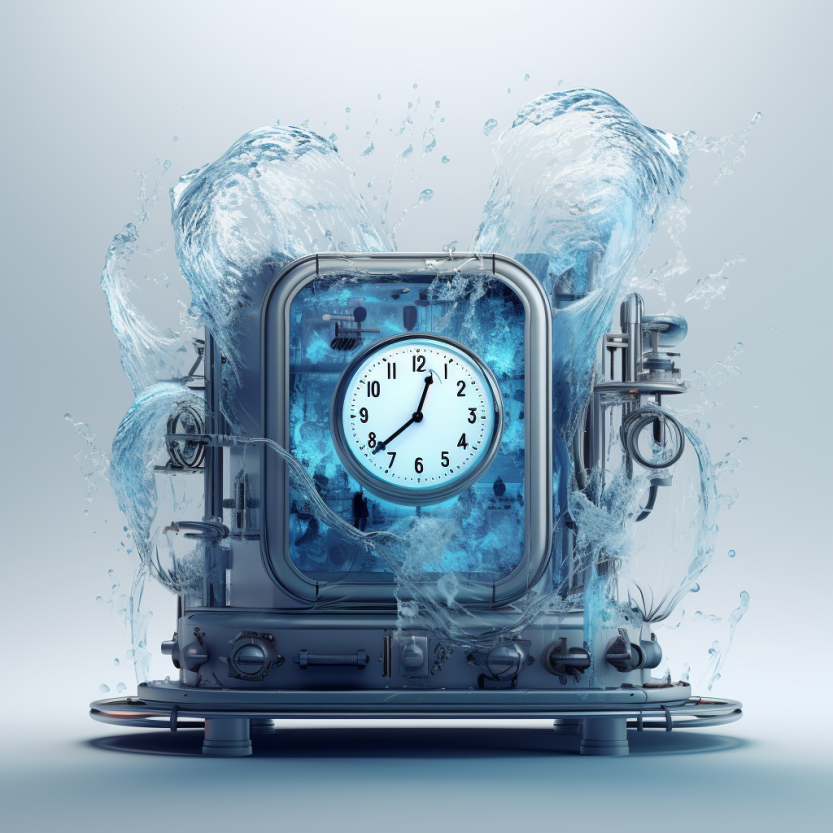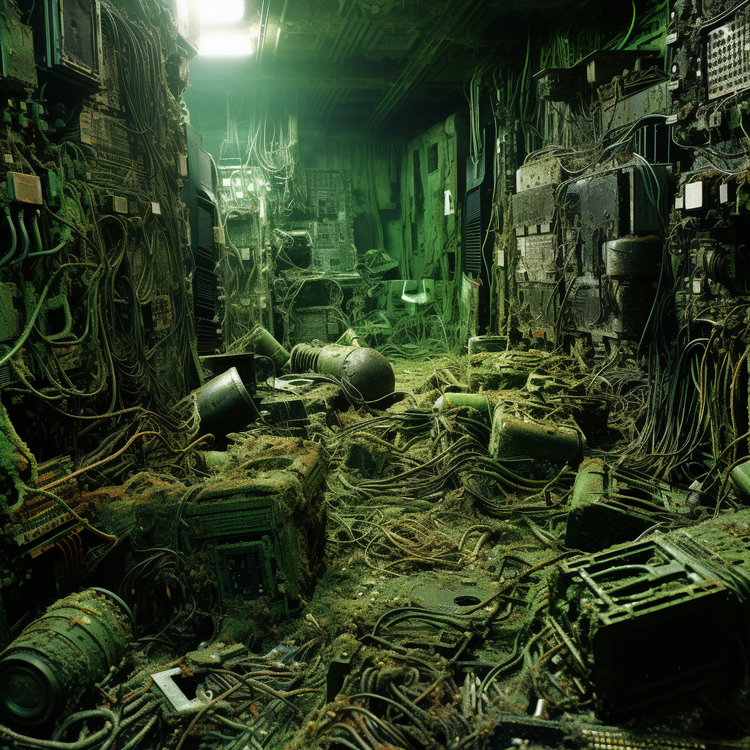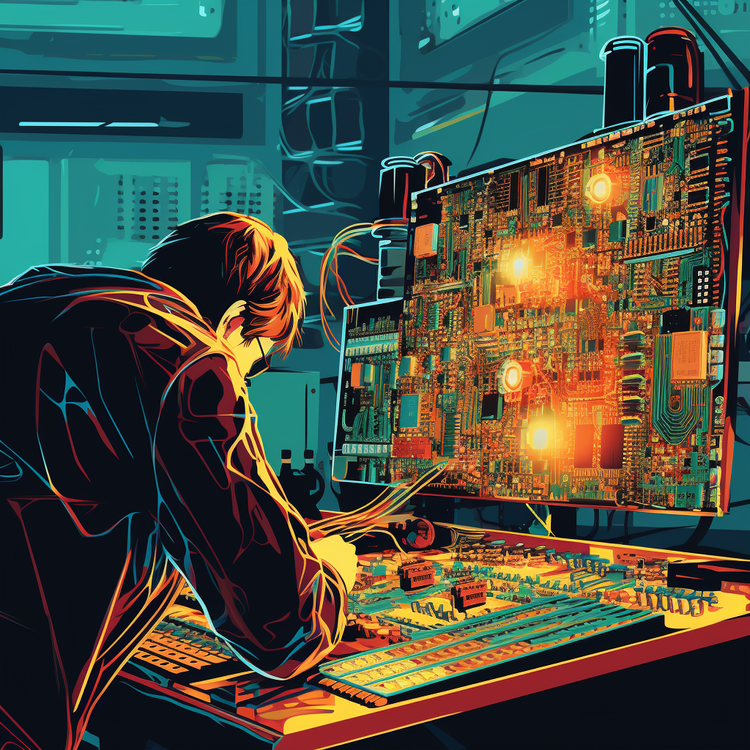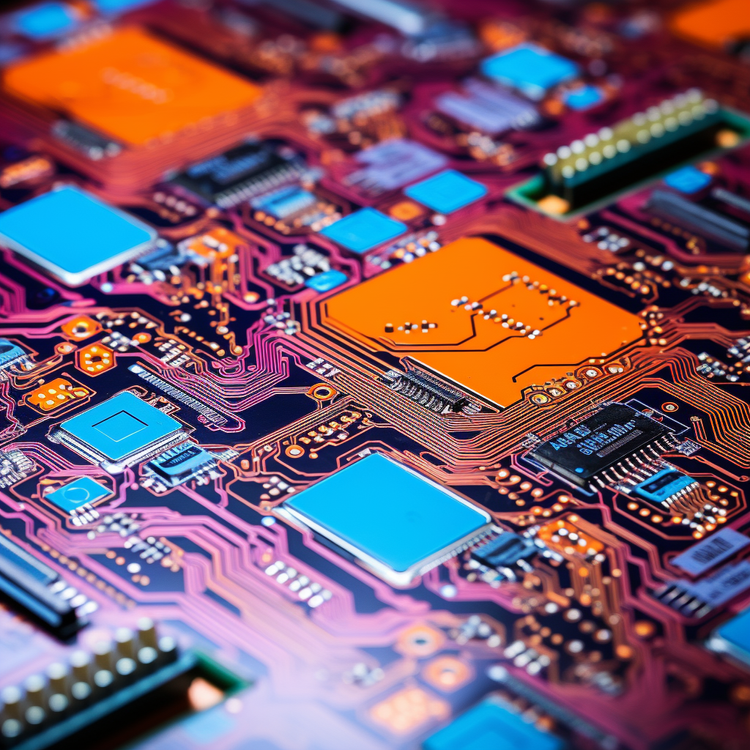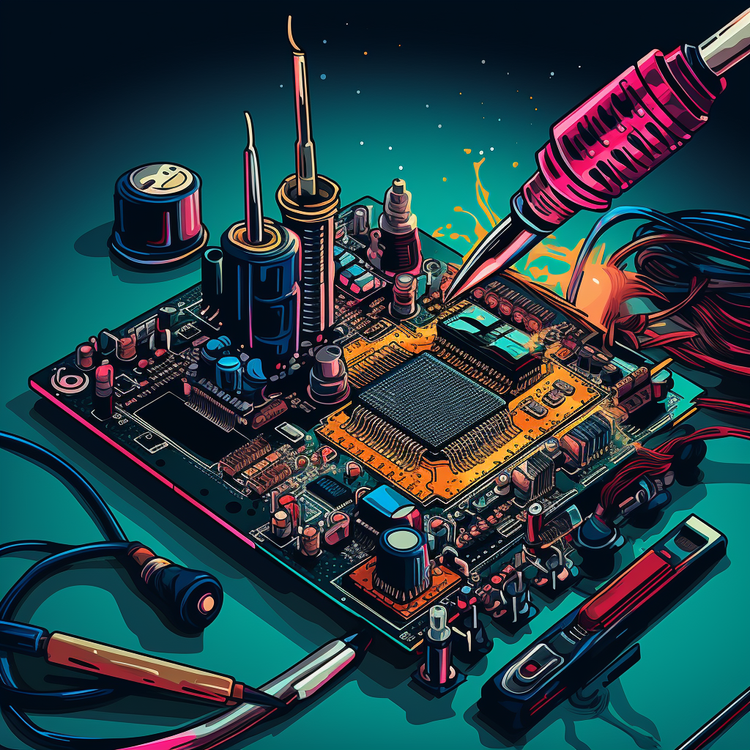How do digital water clocks work?
Recently I started seeing Groupon offers and Amazon ads for "digital water clocks" that "run entirely off
Measuring the Climate Throughout History
Recently I was engaged by a climate change denier using an interesting argument:
No one outside of the recent past
What's the Best Soldering Iron For a Hobbyist?
If you're a long-time reader, you probably know I am a huge electronics nerd. I also spent over
Do Crystals Help with Electromagnetic Pollution?
I've had this sitting on my hard drive for a while, and I decided to share it finally.
Complex Numbers and Phasor Notation
Whenever I was first learning about complex numbers, it seemed like I could never quite find all of the information
Hazardous Material Reduction in Printed Circuit Boards
Lead-tin solder was the industry standard for creating electrical bonds between components for many years. However, due to research on
Printed Circuit Board Testing (PCBs Part 4)
Testing is performed after all assembly actions onboard that PCB have been completed. The PCB is placed in a test
Printed Circuit Board Finishing (PCBs Part 3)
After the components on the PCB have been soldered in place, optical inspection must occur. Automated optical inspection is typically
Printed Circuit Board Soldering (PCBs Part 2)
The first major step of PCB assembly is the application of the solder paste. Solder paste is a mixture of
Printed Circuit Board Manufacturing (PCBs Part 1)
Product development is the art of reducing the number of unexpected surprised to a minimum during the conversion of a
